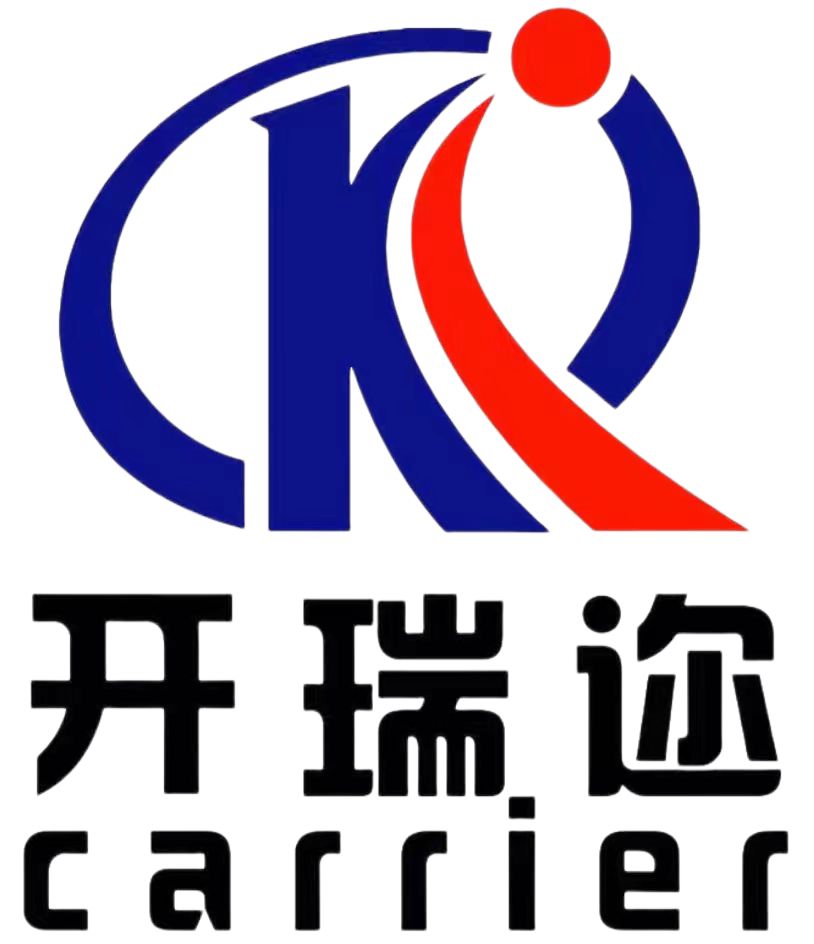
Microwave drying equipment provides a rapid and efficient method for material dehydration. By harnessing the power of microwaves, this technology enables water evaporation within materials at an accelerated rate compared to conventional drying techniques. Microwave drying equipment is widely utilized in numerous industries for applications such as food processing, pharmaceutical manufacturing, and chemical production.
- Features of microwave drying equipment include its speed, energy efficiency, and ability to preserve the characteristics of materials.
- Additionally, microwave drying can be fine-tuned to satisfy specific drying requirements.
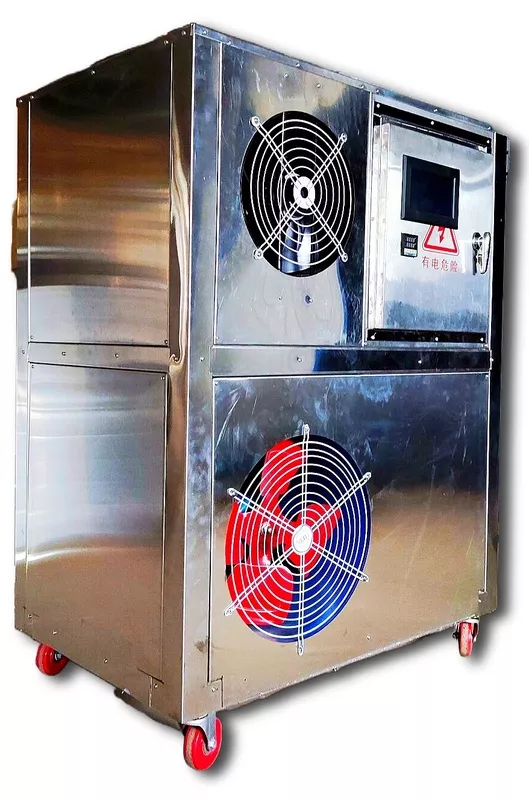
Maximizing Microwave Dryer Performance for Industrial Applications
In industrial settings, maximizing the performance of microwave dryers is crucial for enhancing efficiency and output. Factors such as product properties, microwave strength, residence time, and process design play a significant role in dryer effectiveness. 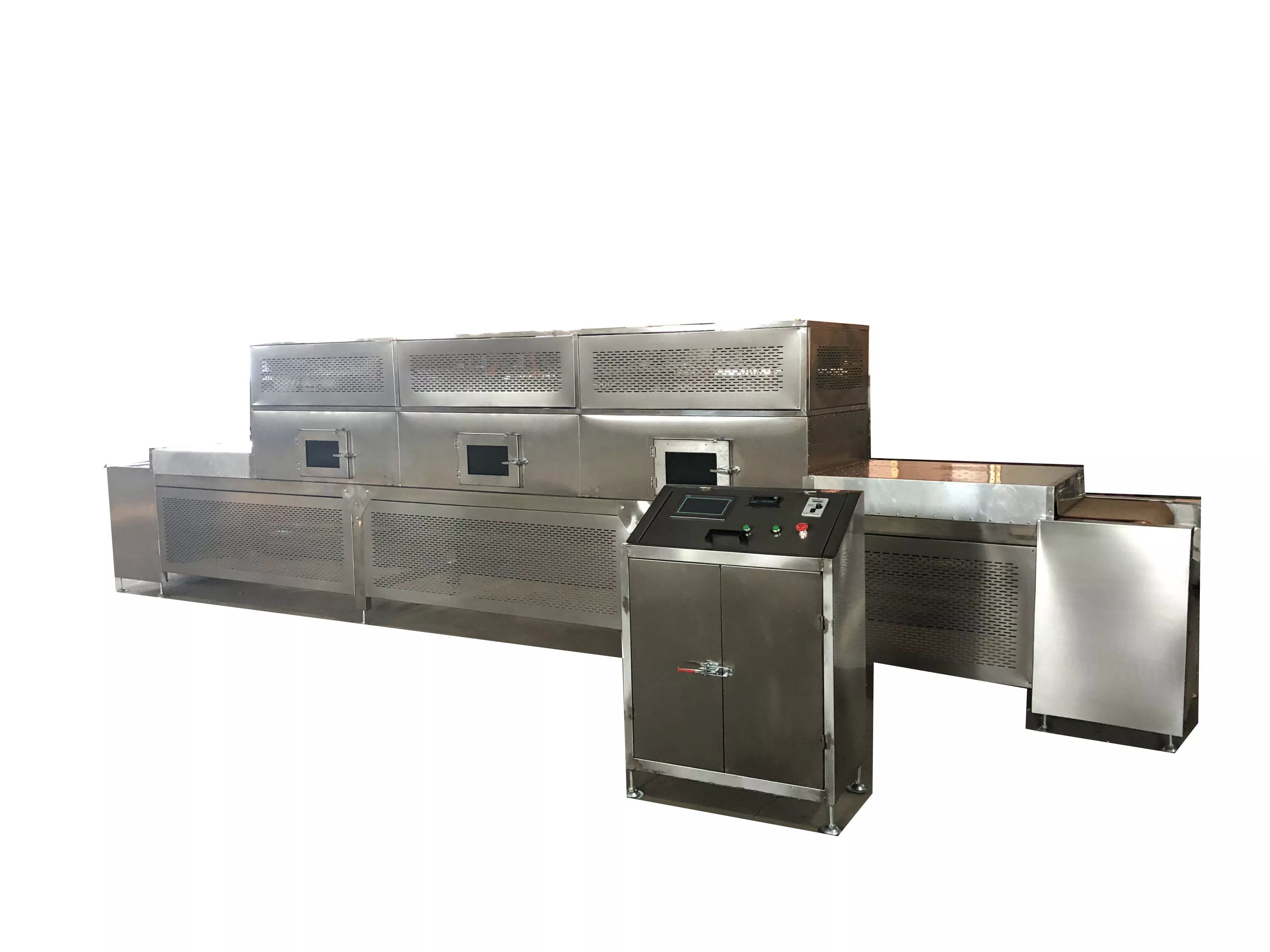
Adjusting these parameters through rigorous testing and analysis allows for obtaining desired drying rates while minimizing energy consumption and product degradation. Effective monitoring of process variables provides valuable insights for continuously refining dryer performance and achieving optimal operational effectiveness.
High Temperature Sintering Kiln
Sintering is a vital process within numerous industrial sectors, harnessing high temperatures to fuse particulate materials into a solid form. The heart of this operation lies within the high temperature sintering kiln, a specialized furnace designed to achieve and maintain strict thermal conditions. These kilns generally employ various heating elements, including resistive heaters, induction coils, or even plasma arcs, to generate the necessary heat for sintering.
Furthermore, high temperature sintering kilns are engineered with sophisticated control systems that enable ongoing monitoring and adjustment of parameters such as temperature, pressure, and atmosphere composition. This precise control is paramount in achieving the desired material properties and guaranteeing consistent product quality.
- Several factors influence the design and operation of high temperature sintering kilns, including the specific application, material being sintered, desired output volume, and environmental considerations.
- Frequently, these kilns are constructed from materials that can withstand extreme temperatures and corrosive environments.
Investigating the Capabilities of High-Temperature Sintering Furnaces
High-temperature sintering furnaces constitute a critical component in the manufacturing process of numerous ceramic and metallic materials. These complex thermal systems permit the compaction and densification of powders at elevated temperatures, resulting in durable final products with precise microstructures. Sintering furnaces perform within a wide temperature range, often exceeding 1000°C, and provide precise control over heating rates, dwell times, and cooling profiles. This refined temperature regulation is essential for achieving the desired properties of sintered materials, such as strength, hardness, and density.
- Moreover, high-temperature sintering furnaces often incorporate state-of-the-art features like gas purging to maintain the integrity of the sintered products during the process. Such control measures reduce contamination and oxidation, leading to superior final products.
- Therefore, exploring the capabilities of high-temperature sintering furnaces is essential for material scientists seeking to optimize material properties and innovate novel applications in diverse fields such as aerospace, electronics, and biomedical engineering.
Microwave Muffle Furnace : Precise Temperature Control for Heating and Smelting
A microwave muffle furnace is a specialized heating instrument designed to provide precise temperature control for various applications, including sintering, melting, and annealing. Employing the principles of microwave energy transfer, these furnaces offer rapid heating rates and uniform temperature distribution within the chamber. Unlike conventional muffle furnaces that rely on resistive systems, microwave muffle furnaces generate heat directly within the material being processed. This unique characteristic allows for more efficient and precise temperature control, resulting in improved outcome.
Microwave muffle furnaces find widespread use in diverse industries, such as materials science, ceramics, metallurgy, and electronics. Their ability to achieve high temperatures with minimal thermal inertia makes them particularly suitable for applications requiring rapid heating and precise temperature control.
Advanced Microwave Drying Technologies for Enhanced Efficiency
Microwave drying technologies have experienced significant advancements in recent years, leading to enhanced efficiency and effectiveness in various industries. These cutting-edge techniques leverage the unique properties of microwave radiation to rapidly heat and dry materials, resulting in higher product quality.
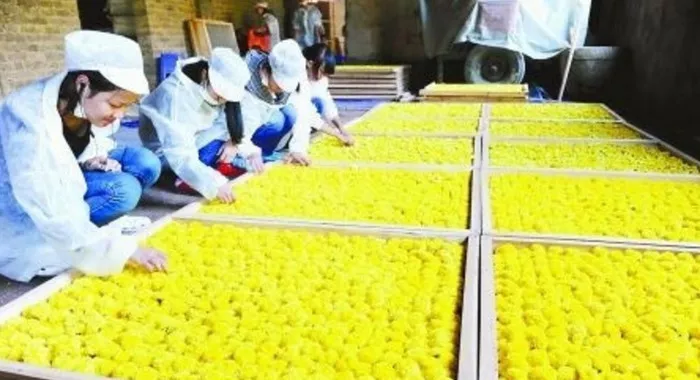
One notable development is the adoption of dual mode microwave systems that offer precise control over the drying process. These systems utilize multiple frequencies and power levels to tailor the heating pattern to specific materials, ensuring uniform drying and minimizing product loss. Furthermore, advancements in microwave reactor design, such as the use of rotating shelves , have significantly improved heat transfer and drying rates.
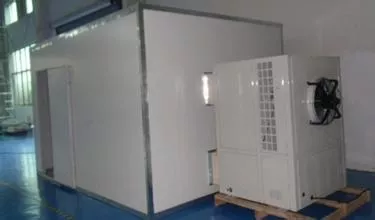
The implementation of microwave drying with other process technologies, like freeze drying, has also yielded promising results. This synergistic approach expedites the drying process while preserving the desired properties of the product.
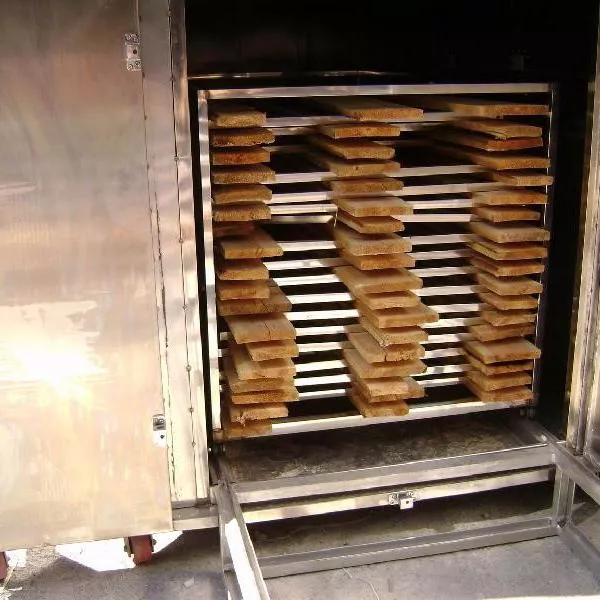
The ongoing research and development in advanced microwave drying technologies are poised to revolutionize various sectors, including food processing, pharmaceuticals, and materials science.
Industrial Grade Microwave Dryers for Large-Scale Processing
For large-scale industrial applications requiring efficient and rapid drying processes, commercial grade microwave dryers offer a compelling solution. These robust systems leverage the power of electromagnetic radiation to effectively remove moisture from a wide range of materials, including manufactured goods. Compared to conventional drying methods such as air or convection drying, microwave drying boasts significantly shorter processing times, leading to increased productivity and reduced energy consumption.
- Moreover, microwave dryers operate with precise temperature control, minimizing the risk of overheating and damage to sensitive materials.
- Users can readily adjust drying parameters to achieve optimal results for specific applications.
The versatile nature of industrial grade microwave dryers allows them to be utilized in a multitude of industries, including the food processing sectors.
The Role of Microwave Energy in Sintering Processes
Microwave energy offers Microwave Muffle Furnace a compelling alternative approach to sintering processes. Traditionally, furnaces rely on convective heating methods, which can be slow and energy-intensive. In contrast, microwave sintering utilizes electromagnetic radiation to directly excite polar molecules within the material being sintered. This results in rapid and localized heating, significantly reducing production times and often enhancing the quality of the final product. Furthermore, microwave sintering allows for greater control over the heating process, enabling precise temperature profiles that can tailor the properties of the sintered material.

Key Factors in Sintering Kiln Design for Superior Outcomes
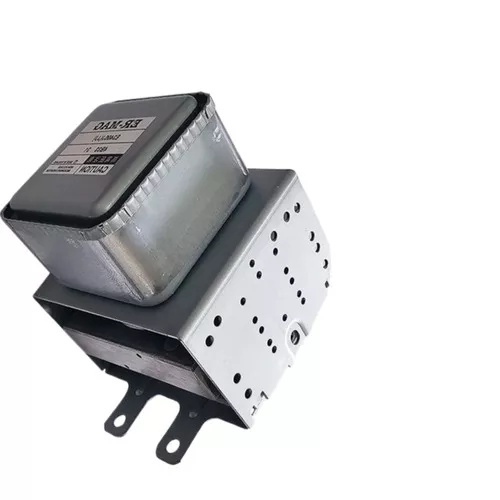
When designing a sintering kiln, several critical factors must be carefully considered to achieve optimal results. ,Initially, the size and shape of the kiln ought to be adapted to the specific specifications of the application. The thermal profile within the kiln is also crucial, and careful determination of heating elements and insulation materials can help create a uniform temperature distribution. Additionally, factors such as air flow rate, pressure, and atmosphere composition must be optimized to ensure proper sintering conditions. Careful consideration should also be given to the kiln's capacity and the ease of access for loading and unloading materials.
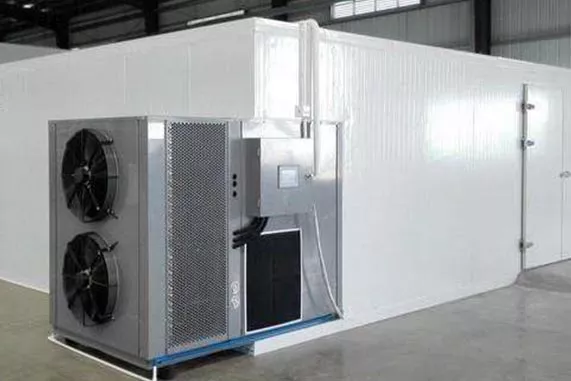
- ,In addition, the material being sintered will have a significant impact on the design choices.
- ,As an example, high-temperature sintering processes may necessitate specialized kiln materials and construction methods to withstand the extreme conditions.
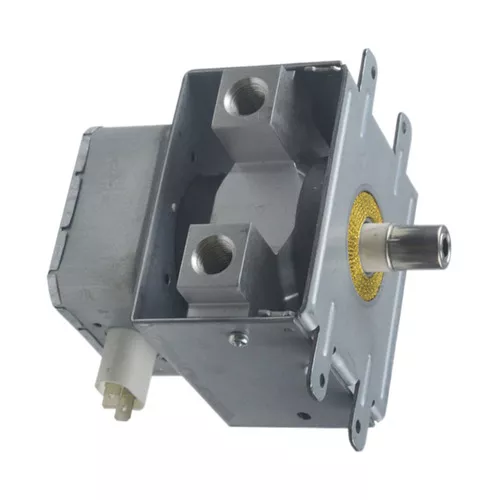
Unlocking the Potential of Microwave Muffle Furnaces
Microwave muffle furnaces provide a unique and versatile heating solution for a range of applications. By harnessing the power of microwave radiation, these furnaces can achieve rapid heating rates and precise temperature control, making them ideal for tasks such as sintering, melting, and decomposition. Their compact design and ease of use in addition make them suitable for both laboratory and industrial settings. The potential benefits of microwave muffle furnaces are vast, encompassing increased efficiency, reduced energy consumption, and improved product quality. By understanding the principles behind their operation and exploring various applications, researchers and engineers can unlock the full potential of this innovative heating technology.
Microwave Heat Transfer Mechanisms in Drying and Sintering Applications
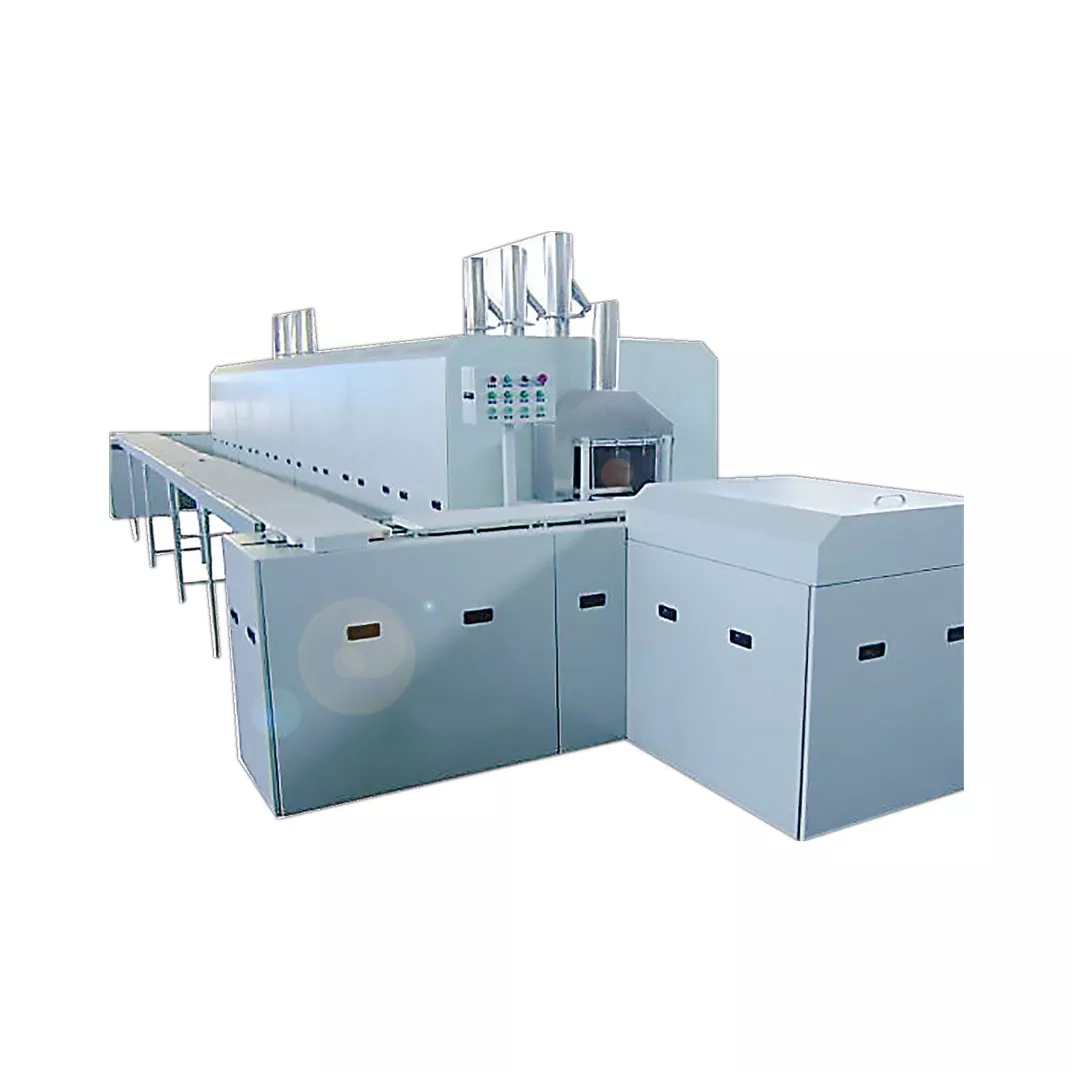
Microwave heating presents a unique approach for both drying and sintering processes. The rapid transfer of energy through polar molecules within the workpiece is at the heart of this phenomenon.

This non-contact heating mechanism offers several advantages over conventional heating methods, including accelerated processing times and improved consistency. In drying applications, microwaves energize water molecules directly, leading to effective moisture removal. Conversely, in sintering, microwaves induce bond formation within the powder compact, resulting in denser and compact materials.

Understanding these diverse heat transfer mechanisms is crucial for optimizing microwave processing parameters and achieving desired results.